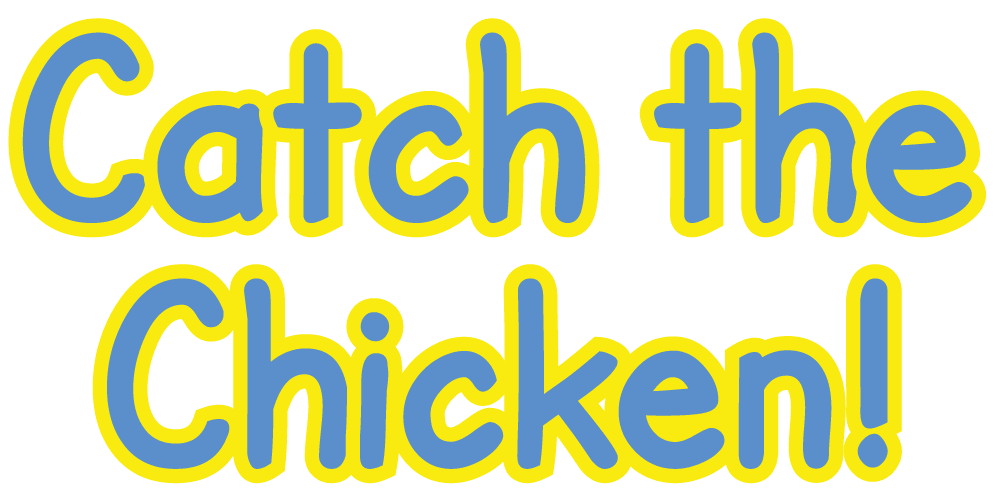Stand Up Game
- Have students sit down.
- Spread the cards out face down.
- Students take turns flipping cards face up.
- When a white card is flipped: – Say the vocabulary aloud (sight words, nouns, or verbs) – Ask the cards question (Q&A). The next student up answers the question.
- If a green or red card is drawn, the first student to stand up keeps the flipped cards.
- In case of a tie, resolve with a game of rock-paper-scissors.
- Continue until all cards are flipped or end of the lesson.
- The player with the most cards wins!
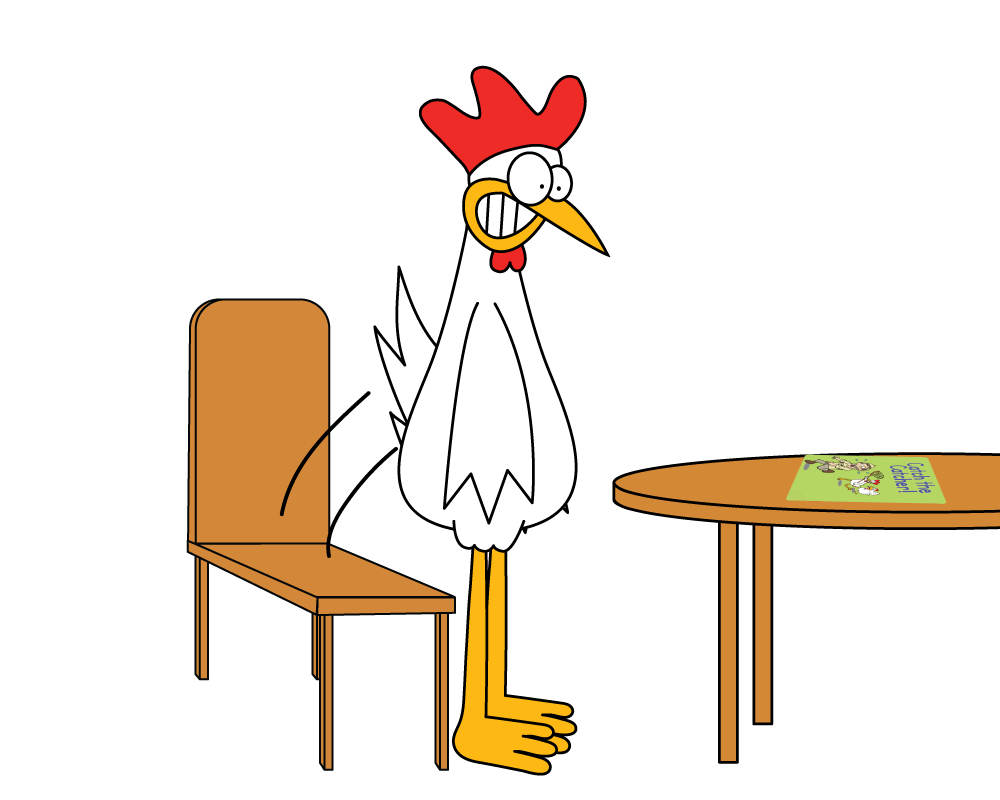

Touch Your Head Game
- Spread the cards face down.
- Students take turns flipping them over.
- When a white card is flipped:
– Say the cards word (nouns, sight words, or verbs) or ask a question.
– The first to touch their head keeps the flipped cards. - Resolve ties with rock-paper-scissors or flipping a coin.
- Keep flipping cards until they’re all face up.
- The player with the most cards wins!

Class Charades
- Show a card to the class without looking.
- Students act out the word on the card without showing it to you.
- If you guess correctly, they say ‘yes.’
- If you guess wrong, they say ‘no’ and continue acting.
- You can intentionally guess wrong for more practice and fun.
- The game can continue indefinitely.
- For advanced students, add challenges like making sentences with the word.
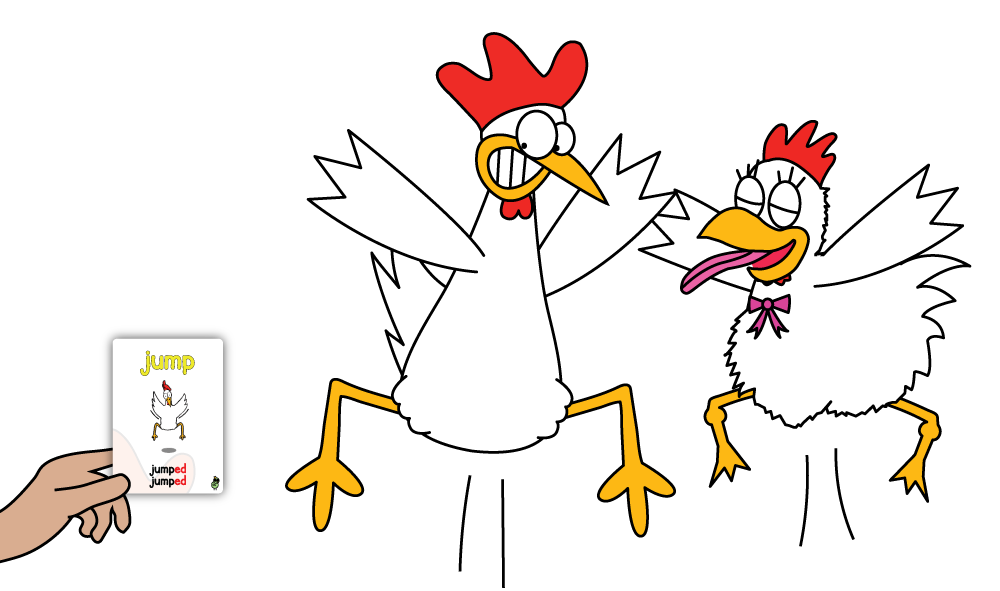
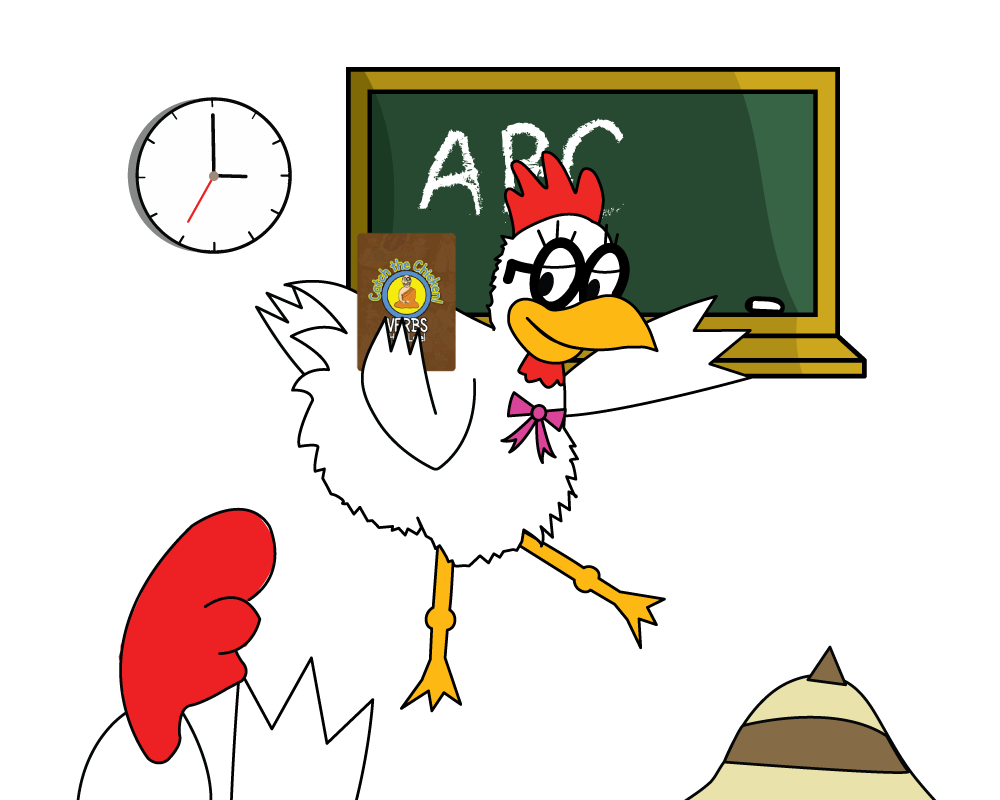
Charades
- The teacher acts out a card’s object or action.
- Students guess what it is.
- If a student guesses right, they come to the front of the class and act out the next card.
- Repeat.
- Play until you’re happy with the practice.

Musical Chairs
- Set up chairs at one end of the room.
- Spread the cards face down.
- Students flip cards quickly, saying the vocabulary or asking questions.
- If they flip a red or green card, they race to sit in the chairs.
- Remove a chair after each race.
- Students who can’t find a chair sit out the next round.
- The last student standing wins!
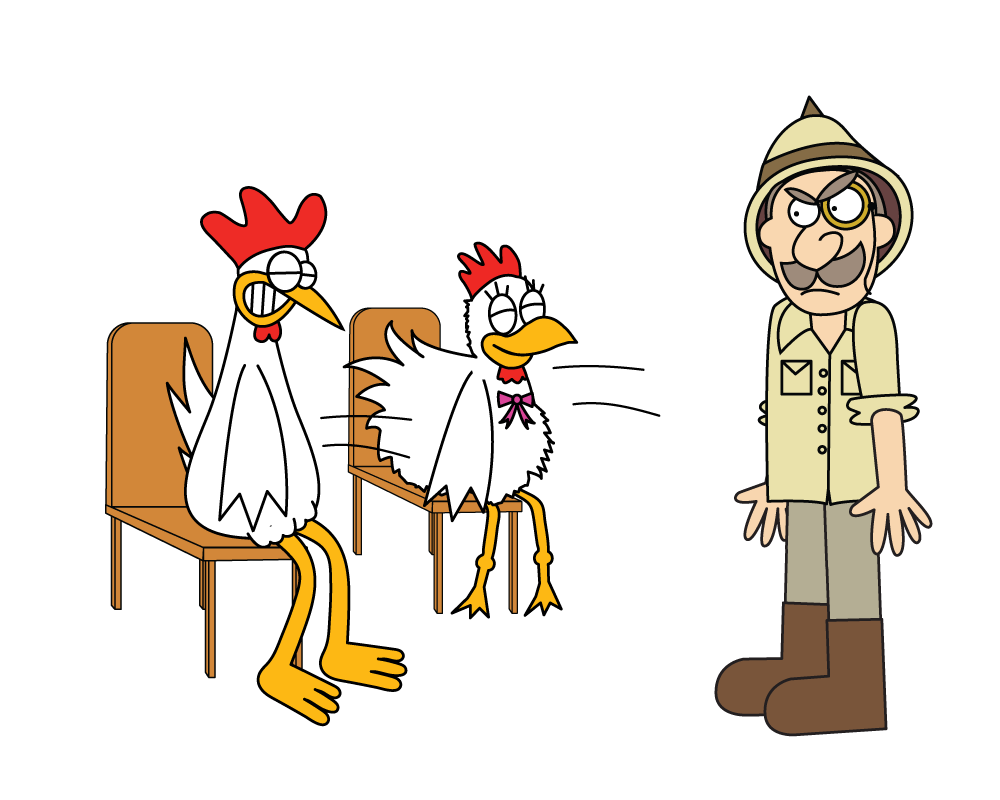
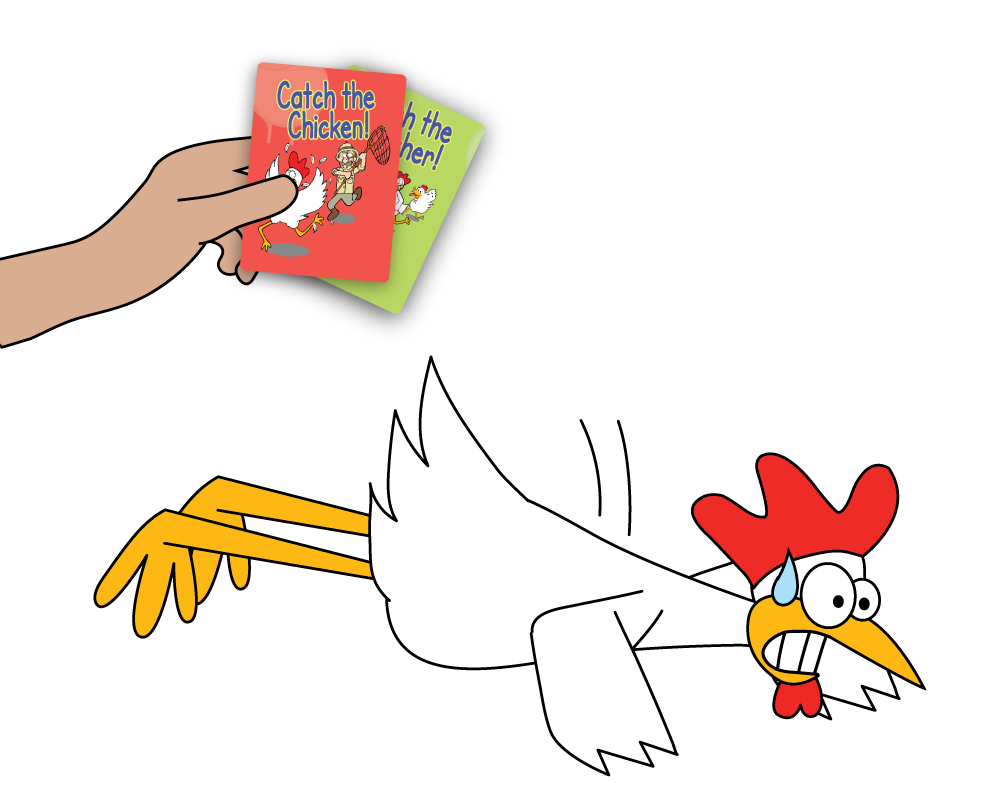
Penalty Game
- Start by demonstrating a penalty to the class (e.g., 10 star jumps, singing the ABC song, doing a chicken dance, 10 pushups, etc.).
- Spread the cards face down.
- Students take turns flipping cards quickly, leaving them face up.
- When a student draws a white card, they say the vocabulary or ask a question aloud.
- If a red card is drawn, all students must act out the penalty.
- If a green card is drawn, the teacher must act out the penalty.
- Continue until all cards are flipped or when either teachers or students act out the penalty three times.

Go-go Game
- Line up the students in a single file.
- Ask the child at the front of the line a question based on the Q&A cards.
- After answering, say, “go-go,” and have them run around a table or object before returning to the back of the line.
- Repeat the process with the next player.
- Encourage quick answers to prevent delays.
- You can skip students who can’t answer to maintain the game’s pace and to not deter the weaker level students.
- When Catch the Chicken or Catch the Catcher cards are drawn, create a random question.
- For Verb, Noun, and Sight Word cards, simply show the cards to the students. If they correctly vocalize the word, they can run to the back of the line.
- There are no winners, and this game can continue indefinitely. It’s an excellent way for drills, and kids enjoy it immensely!
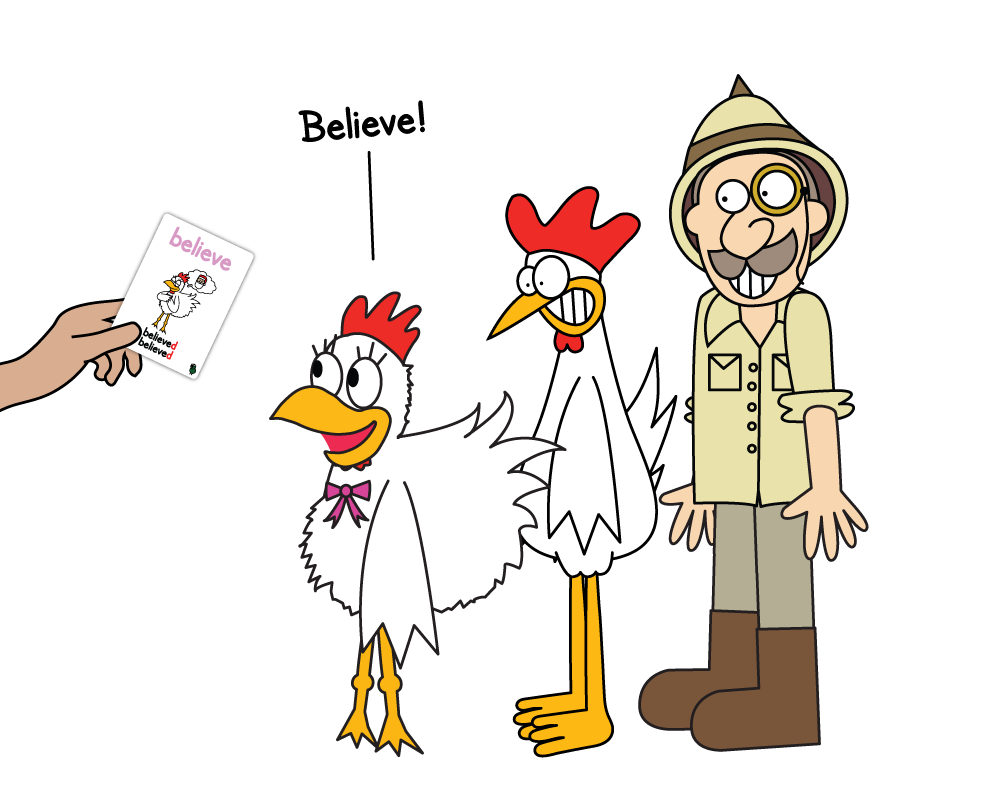
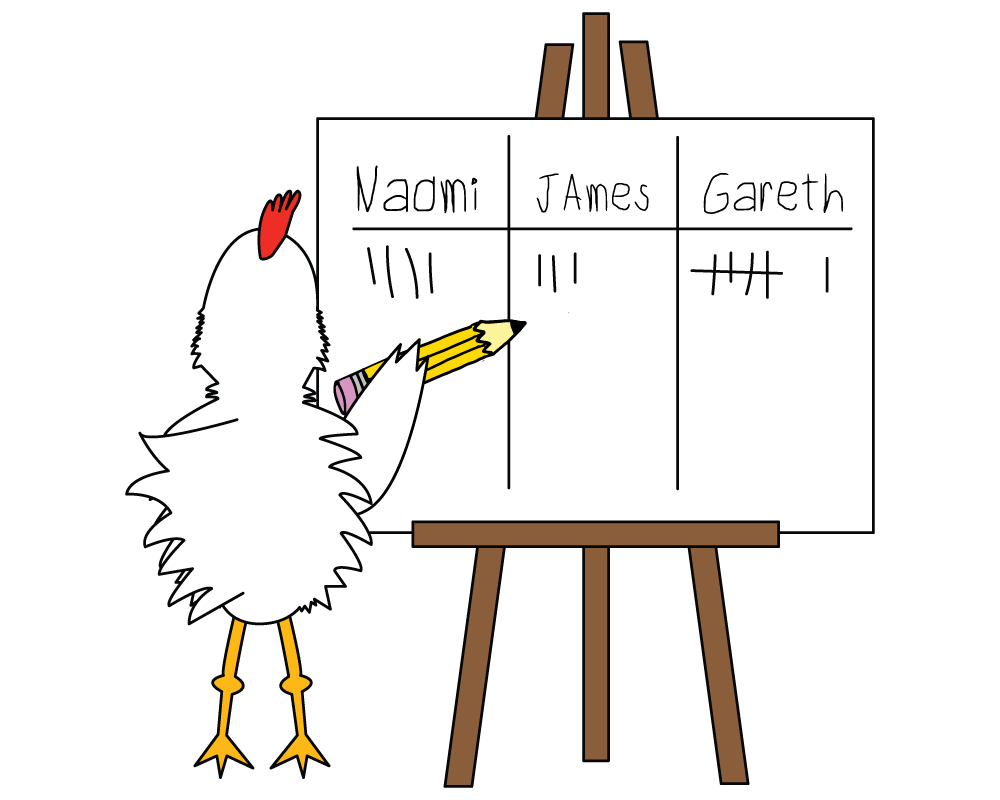
Points Game
- Begin by listing the players’ names on a board.
- Spread the cards on the table as per the basic rules.
- Players take turns drawing cards from the pile.
- If a player successfully asks or answers a question from a white card, they earn one point next to their name.
- Drawing a red card earns two points.
- Drawing a green card earns three points.
- The player with the most points at the end wins the game.

Zombie Game
- Have the students line up.
- To simplify setup and understanding, have the player in play sit on a chair.
- Hold up a Catch the Chicken card and slowly walk towards the seated student, extending your hand towards them.
- When the student says the correct word or sentence from the card, the next student takes their seat, and the previous student returns to the back of the line.
- As soon as the student sits down, begin walking towards them again with a new card.
- Repeat this process until you’re within tagging distance of the seated student.
- When you tag the seated student, they sit out the next round.
- The last untagged student wins.
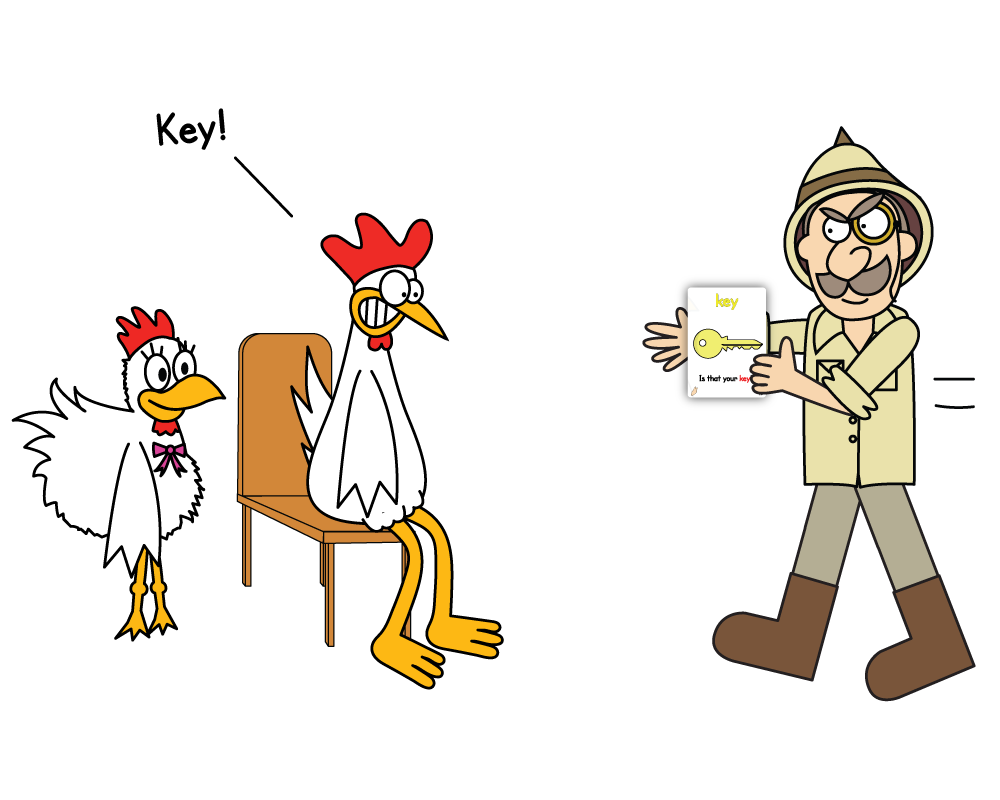
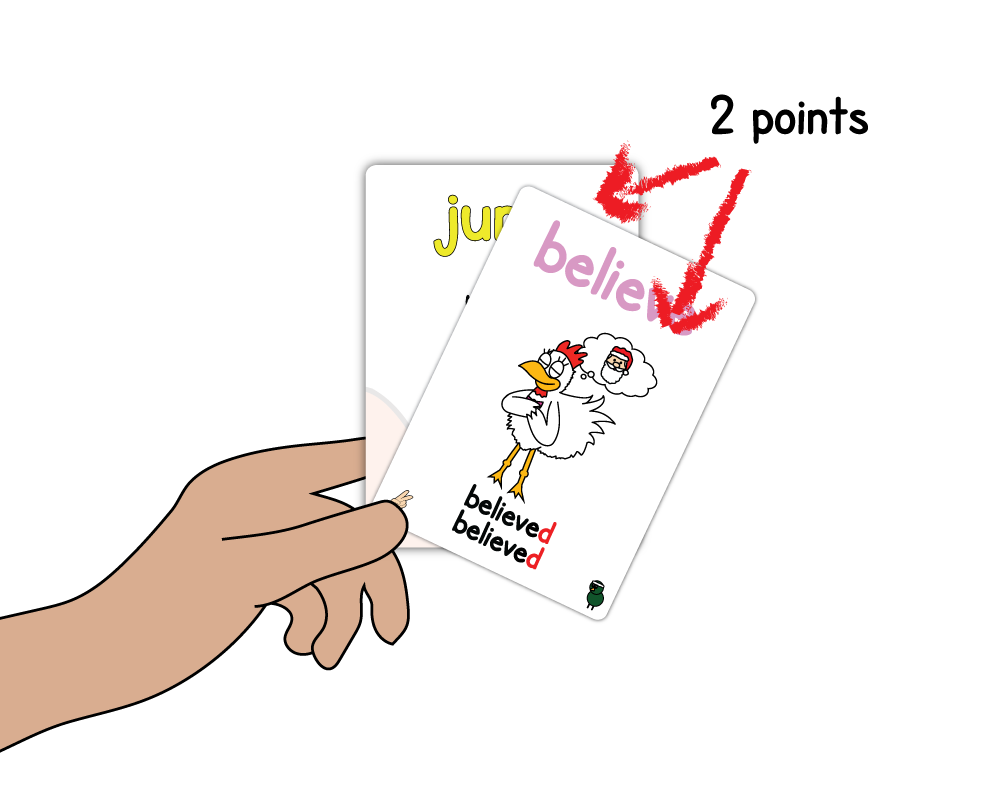
Dummy Game
- Set up a ‘safe zone’ in the room.
- Spread the cards out on a surface.
- Have students take turns flipping over cards.
- If they draw a white card:
– For verb, sight word, or noun cards: they say the word aloud.
– For Q&A cards: they ask the question to the next student. - If a student fails to answer, then they’re the ‘dummy,’ and they can run to the safe zone before being tagged by any player.
- If they fail to reach the safe zone before being tagged, they give up a card.
- If they reach the safe zone before being tagged, they don’t give up a card.
- If they answer correctly, they keep the card and score a point.
- Red or green cards can be kept automatically.
- Continue until all cards are gone or until class ends.
- The player with the most cards wins.

Clean Up Game
- Distribute objects such as balls throughout the room.
- Spread the cards out on a table or floor.
- Students take turns flipping cards over face up.
- If the card is white (Q&A card), the player asks the question and the next student answers. For verb, noun, or sight word cards, the student says the vocabulary aloud.
- If the card is green or red, students run and collect as many balls as they can.
- Each ball collected equals one point. Keep track of points.
- Continue playing rounds until all cards are flipped over or until the desired end point.
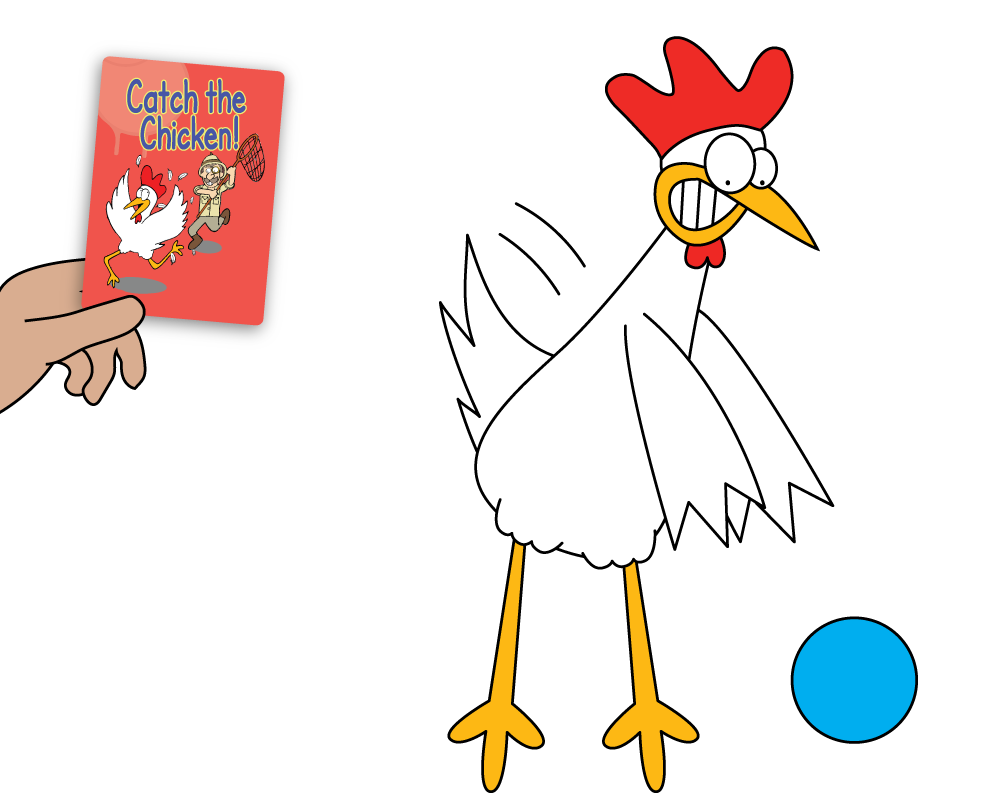
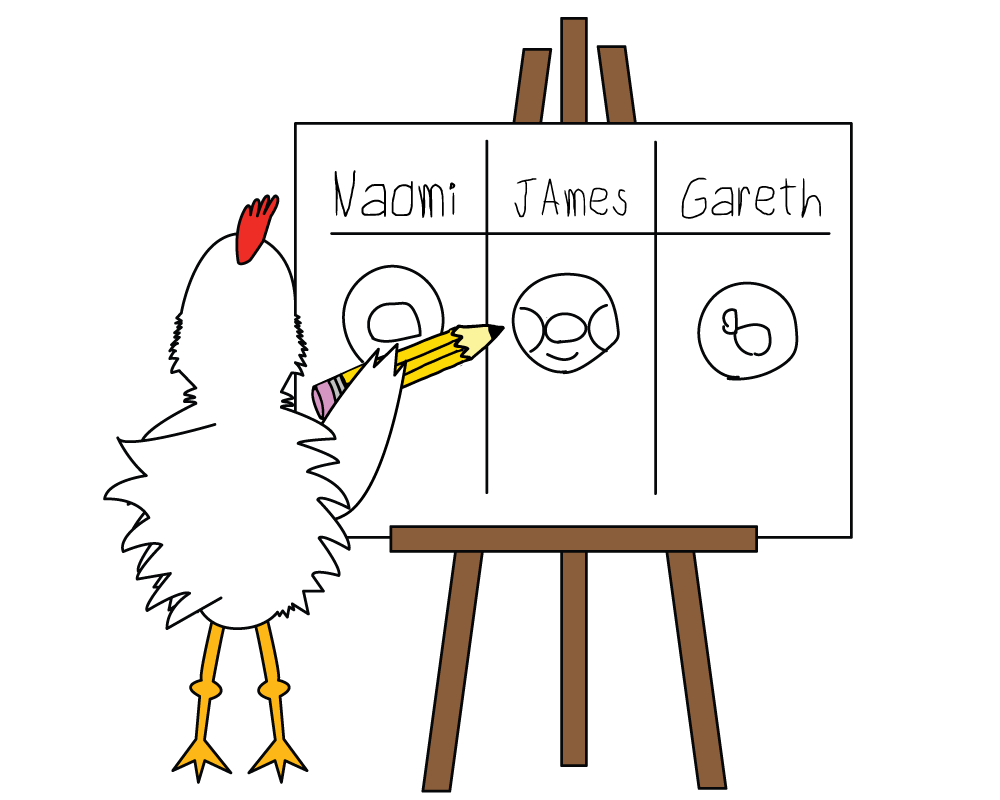
Anpanman Game
- Write students’ names on a whiteboard or paper.
- Spread the cards out on a table or floor.
- Students take turns flipping cards over face up.
- If the card is white (Q&A card), the player asks the question and the next student answers. For verb, noun, or sight word cards, the student says the vocabulary aloud.
- If the card is green or red, draw one line next to the student’s name to gradually create a drawing of Anpanman. Each time a green or red card is drawn, add one line to the Anpanman drawing.
- If a student fails to read a card’s vocabulary, add one line to their Anpanman drawing.
- The first player to complete their Anpanman drawing is out of the game.
- The last player with an unfinished Anpanman drawing wins.

